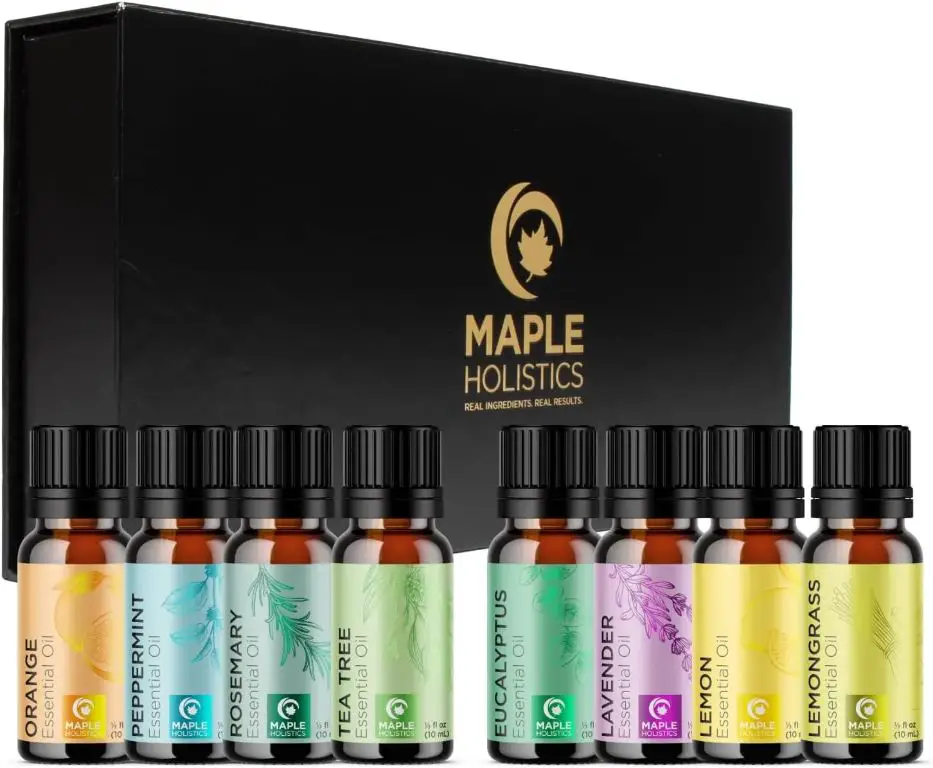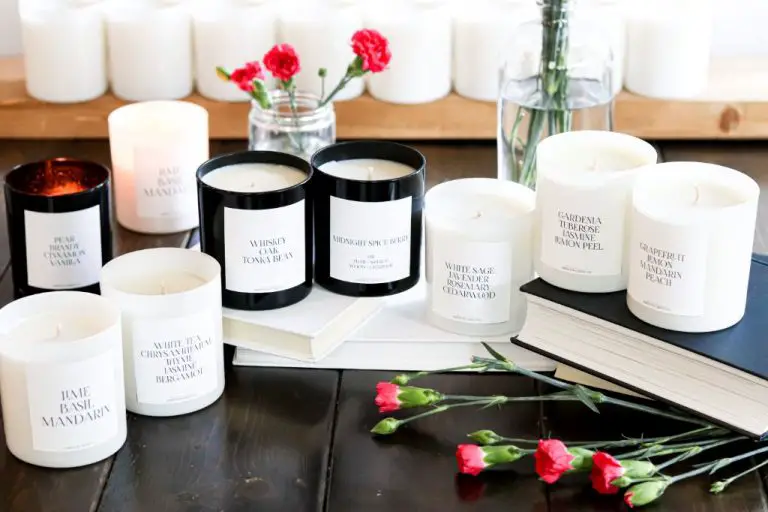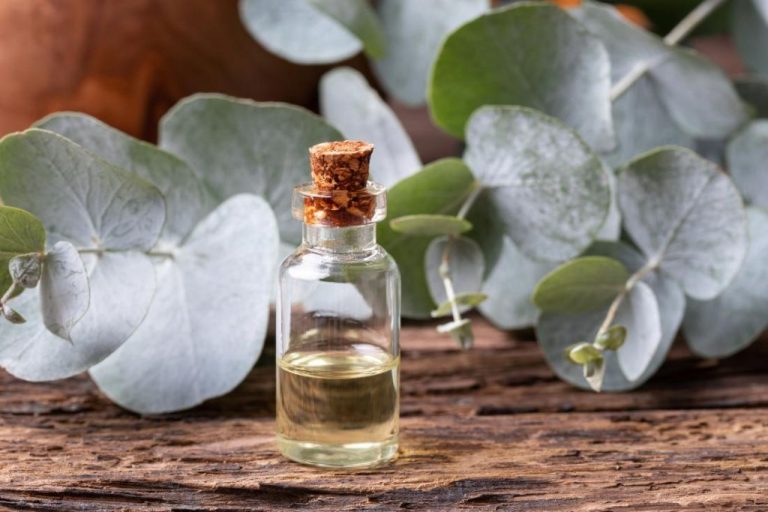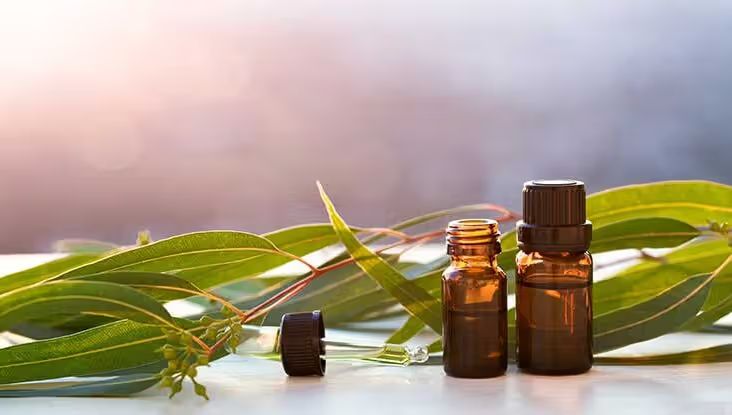What Kind Of Oil Do You Use With Diffuser Sticks?
Diffuser sticks, also known as reed diffusers, are a popular way to scent and fragrance a room in your home. They provide a simple yet effective method to keep an area smelling fresh without the need for electricity or heat.
Reed diffusers consist of a glass vessel filled with fragrant oil and several reed sticks inserted into the oil. The reeds absorb the oil and disperse the aroma into the surrounding air. As the fragrance gradually dissipates, the reeds soak up more oil to continually refresh the scent.https://www.pairfum.com/6-benefits-of-reed-diffusers/
Some key benefits of using diffuser sticks include:
- They are very low maintenance and easy to use. Just insert the reeds and enjoy the fragrance.
- They provide continuous fragrance without the need to refill oils frequently.
- They do not require electricity or batteries.
- Reed diffusers allow you to switch and combine fragrance oils easily.
- They are ideal for large rooms and high-traffic areas.
- The gentle diffusion of scent can help purify indoor air.
- Diffusing essential oils may provide physical and mental health benefits.
With simple care and occasional rotating of the reeds, a reed diffuser can provide months of continuous, subtle fragrance to enhance any home or office.
Types of Diffuser Oils
There are three main types of oils that can be used in diffusers: essential oils, fragrance oils, and carrier oils.
Essential Oils
Essential oils are extracted from plants through distillation, cold pressing, or resin tapping. They are highly concentrated and contain the natural aroma compounds from the plant source. Some popular essential oils used in diffusers include:1

- Lavender – calming and relaxing
- Eucalyptus – invigorating and clarifying
- Peppermint – energizing and refreshing
- Lemon – uplifting and mood-enhancing
- Tea tree – cleansing and purifying
Fragrance Oils
Fragrance oils are blended from natural and/or synthetic aroma compounds. They are designed to duplicate familiar scents and be used in diffusers. Popular fragrance oil scents include:2
- Floral scents like rose, jasmine, gardenia
- Fruity scents like peach, mango, apple
- Spicy scents like cinnamon, clove, ginger
Carrier Oils
Carrier oils are used to dilute essential oils before diffusion. They allow the essential oils to cover more surface area and diffuse longer. Common carrier oils are coconut, sweet almond, jojoba, and fractionated coconut oils.
Choosing the Right Oil
When choosing an oil for your diffuser sticks, it’s important to consider the aroma, properties, and safety of the oil. The aroma of the oil is critical – you’ll want to pick something you find pleasant and enjoyable. Think about what scents you like and look for oils that match. For example, if you enjoy floral scents, oils like lavender, rose, or jasmine would be nice options. If you prefer citrus smells, oils like lemon, grapefruit, and bergamot are good choices.
Consider the properties of the oil as well. Some oils are energizing, while others are more calming. Pick an oil that matches your goal – peppermint can provide an invigorating boost, while chamomile is soothing. If you are diffusing at night for sleep, opt for a relaxing oil like lavender. You’ll also want to make sure you choose an oil safe for diffusing. Some oils like wintergreen are unsafe and should be avoided. Do your research to ensure any oils you use are designed for diffusion.
When first starting with a new oil, diffuse for only 10-15 minutes to test for any sensitivities. It’s also smart to rotate oils to avoid overwhelming your senses.
Essential Oils
Essential oils are highly concentrated extracts from plants like herbs, flowers, and trees. They are a popular choice for diffusers because of their natural fragrance and therapeutic benefits. Some of the most common essential oils used in diffusers include:
- Lavender – Known for its calming, relaxing scent, lavender essential oil can help reduce stress and anxiety (source).
- Eucalyptus – With its minty, invigorating aroma, eucalyptus essential oil helps boost energy and clear nasal congestion (source).
- Peppermint – The cooling scent of peppermint essential oil improves focus and mental clarity.
Always look for 100% pure, high-quality essential oils without synthetic additives. Reputable organic brands ensure you get the true aromatherapy benefits.
Fragrance Oils
Fragrance oils are artificial scents that are made in a lab. They contain synthetic aroma compounds like esters and aldehydes that replicate natural scents like fruits, flowers, and spices. Fragrance oils are less expensive compared to essential oils because they can be mass produced. Popular fragrance oil scents for diffusers include apple, cinnamon, vanilla, pine, and lavender.
Some benefits of using fragrance oils in diffusers are that they come in a wide variety of scents, are very potent, and last longer than essential oils. The drawbacks are that they do not provide any of the therapeutic benefits that essential oils have. Fragrance oils also contain synthetic chemicals so some people prefer to avoid them.
Overall, fragrance oils are a good option for diffusers if you are just looking to add a pleasant ambient scent to a space. They allow you to choose from many different fragrances at an affordable price point. Just be aware that they are artificial and do not offer the natural wellness advantages of essential oils. Popular and reputable fragrance oil brands for diffusers include Aroma Designers and Scentiment.
Carrier Oils
Carrier oils are used to dilute essential oils before diffusing, as essential oils are highly concentrated and can be irritating or overwhelming when diffused directly. Popular carrier oils for diffusers include:
- Fractionated Coconut Oil – Lightweight and odorless, this coconut oil derivative won’t solidify in cool temperatures, making it ideal for diffusers. It mixes well with many essential oils. (Source)
- Sweet Almond Oil – A versatile oil with a light almond scent. It’s excellent for all skin types and diffuses well. (Source)
- Jojoba Oil – This liquid wax mimics skin’s natural oils so it absorbs well. It has a long shelf life and blends easily with other oils.
- Grapeseed Oil – An affordable, lightweight option often combined with other carrier oils. It has little scent and mixes well with citrus and floral oils.
When selecting a carrier oil, consider the scent and benefits you want to achieve. Test different combinations to find your ideal diffuser blends.
Blends and Recipes
When using essential oils in a diffuser, it’s common to blend different oils together. This allows you to create unique scents and benefit from the combined therapeutic properties of multiple oils. Some popular essential oil blends for diffusers include:
To create your own diffuser blends, add anywhere from 3 to 5 oils in varying amounts. Try mixing complimentary scents like floral, citrus, herbal, spicy, earthy, etc. Start with just a couple drops of each oil and adjust to your preference. Some essential oils to try in diffuser blends are lavender, lemon, peppermint, frankincense, rosemary, eucalyptus, tea tree, orange, and grapefruit.
According to Edens Garden (https://www.edensgarden.com/collections/synergy-blends), popular premade blend recipes for diffusers include:
- Refreshing Blend: Lemon, lime, grapefruit, and Douglas fir
- Uplifting Blend: Wild orange, lemon myrtle, and spearmint
- Calming Blend: Lavender, bergamot, blood orange, and patchouli
- Rejuvenating Blend: Fir needle, black spruce, and peppermint
You can find many more blend recipes online or create your own custom combinations. When mixing oils, always start with a small number of drops and adjust the scent to your preference.
How to Use Diffuser Oils Safely
Using essential oils in a diffuser is generally safe, but there are some precautions to take for proper use:
- Always follow the usage guidelines provided by the oil manufacturer. Using too much oil or diffusing for too long can cause sensitivity.
- Choose a high-quality diffuser designed for essential oils. Ultrasonic and nebulizing diffusers are recommended over heat diffusers.
- Add 5-10 drops of essential oil to the diffuser water reservoir. More is not better — only use the recommended amount.
- Don’t touch the nebulizer directly and avoid contact between pure oils and furniture.
- Only diffuse for the recommended time, usually 1-2 hours maximum. Take breaks between diffusing sessions.
- Keep diffusers out of reach of children and pets. Supervise use.
- Stop diffusing if you experience headaches, nausea or irritation. Discontinue use of any oil that causes discomfort.
- Keep air ventilated and do not inhale directly from the diffuser.
Following the usage guidelines is key to safely enjoying diffused essential oils.
Storing Diffuser Oils
Proper storage is crucial for preserving the shelf life and potency of essential oils used in diffusers. Oils can degrade when exposed to oxygen, light, and fluctuating temperatures. Follow these best practices for storage:
Keep oils in air-tight containers out of sunlight. Dark colored bottles help block light. Store away from heat sources like stoves or heating vents. Ideal temperature is 50-80°F. The refrigerator is a good option, but use caution storing near food due to aromas. Freezing is not recommended.
Store oils upright to keep air contact minimal. Don’t let oils pool and touch the rim or lid. Keep containers closed tightly after each use. Oils can evaporate quickly.
Give away oils you won’t use within 1-2 years. Citrus and floral oils have shorter shelf lives around 6 months. Patchouli, sandalwood, vetiver and cinnamon last up to 5 years. If oxidation occurs, oils may smell rancid or less potent.
Keep oils intended for diffusion separate from those for topical use. Light and air exposure degrades therapeutic properties best for skin.
Proper storage helps oils retain their aromatic, therapeutic, and diffusing properties for as long as possible (Now Foods). With the right conditions, most oils can last 1-2 years (Young Living).
Safety Tips
When using essential oils, it’s important to be aware of potential risks and take precautions. Certain groups of people should exercise caution or avoid essential oils altogether:
- Pregnant women – Certain oils like rosemary and sage may cause uterine contractions and lead to miscarriage or premature labor. It’s best for pregnant women to consult their doctor before using oils.
- Babies and young children – Essential oils can irritate a baby’s delicate skin. Oils like eucalyptus and peppermint should not be used on or near infants as they can cause breathing problems if inhaled. Children ages 6 and under should not use essential oils without medical supervision.
- People with asthma or breathing issues – Inhaling oils can trigger asthma attacks or other breathing problems for some. Eucalyptus, peppermint, pine, and tea tree oils are especially risky.
- People with skin conditions – Oils applied topically may aggravate rashes, eczema, or other skin problems. Do a patch test before full use.
- People taking medication – Oils can interact with prescription drugs and over-the-counter medicine. Talk to your doctor before using oils if you take medication.
It’s also wise for everyone to do a skin patch test before using an essential oil for the first time. And follow usage and dilution guidelines carefully. Using too much oil, using certain oils too frequently, or ingesting oils meant for topical use can potentially cause toxic side effects. Moderation and caution is key.
Sources: https://www.healthline.com/health/are-essential-oils-safe, https://www.webmd.com/skin-problems-and-treatments/ss/slideshow-essential-oils




